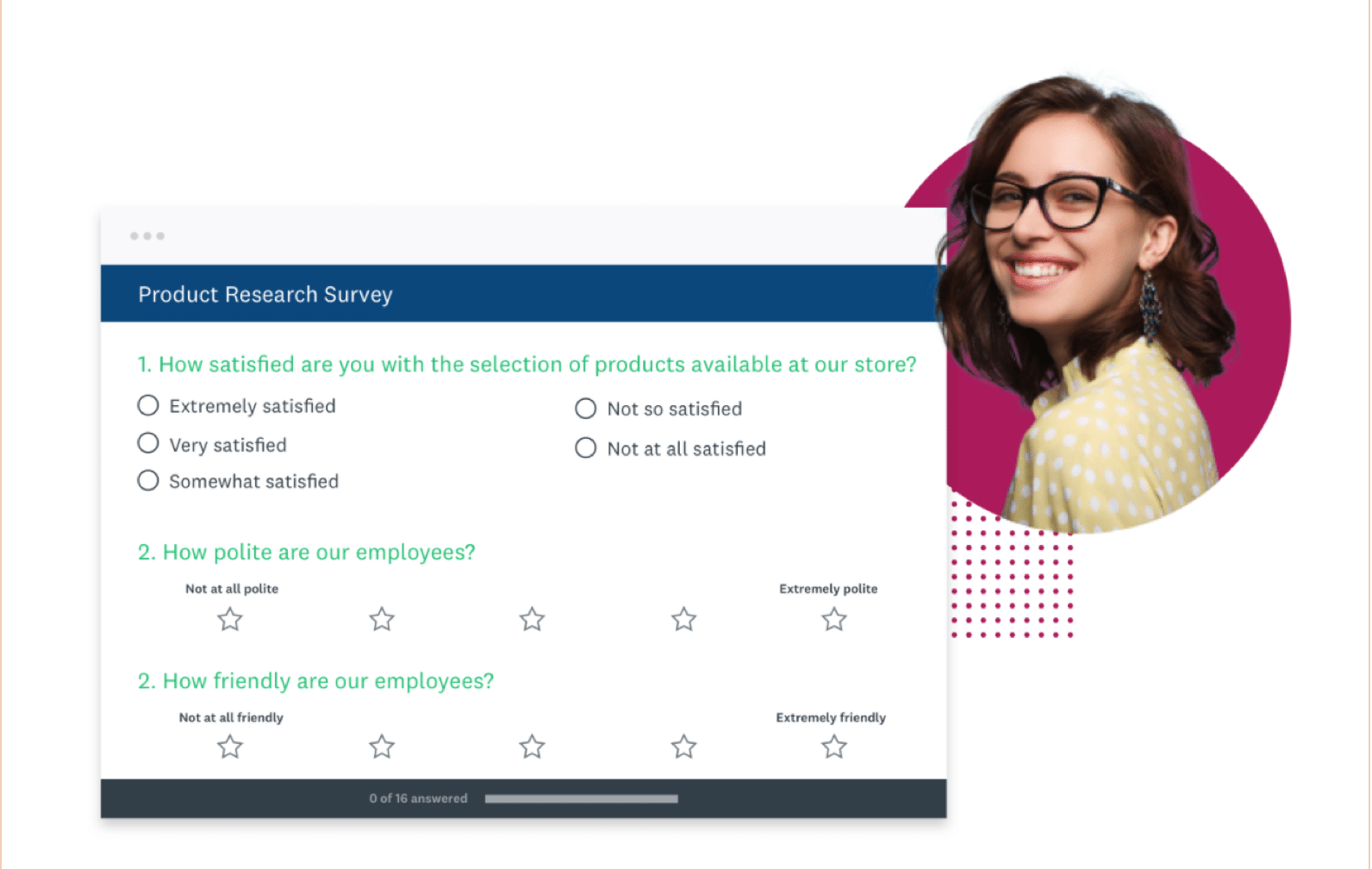Stock photos are pre-shot images you can purchase or access for free to use in your projects. In today’s digital landscape, where visual content reigns supreme, leveraging stock photos can elevate your brand's messaging. These images help convey emotions, tell stories, and capture attention, making them essential for audience engagement across various platforms. So whether you're a blogger, marketer, or business owner, understanding how to effectively use stock photos can significantly boost your engagement rates and strengthen your visual storytelling.
Benefits of Using Stock Photos for Engagement

Using stock photos brings a variety of benefits that can enhance audience engagement in multiple ways. Here are some key advantages:
- Cost-Effectiveness: Accessing high-quality images can often be expensive, but stock photos offer an affordable alternative. Many websites provide both free and paid options, allowing you to select photos that fit your budget.
- Diverse Options: The range of stock photos available is vast. You can find images that cater to almost any industry, topic, or concept, ensuring your content stays fresh and visually appealing.
- Time-Saving: Searching for the perfect photo can be time-consuming, but stock photo sites allow quick searching by keywords, categories, or themes. This helps you find the right images in minutes rather than hours.
- Consistency in Branding: With the right selection of stock photos, you can create a unified look and feel across your platforms. This consistency strengthens brand recognition and makes your content more cohesive.
- Improved Engagement Rates: Posts with visuals receive significantly more engagement than those without. Stock photos can draw attention, encourage shares, and spark conversations, making them a valuable tool for boosting engagement.
Additionally, stock photos can enhance your content’s narrative. A well-chosen image can evoke emotions, create a connection with your audience, and even clarify complex topics. For instance, a captivating image of a happy family can amplify your message in a blog post about parenting, while a stunning landscape can enhance a travel piece.
Lastly, search engine optimization (SEO) benefits can arise from using stock images, especially when they are properly tagged with alt text and descriptions. This can improve your content's visibility, driving more traffic to your site and increasing overall engagement.
So, whether you’re crafting social media posts, blog articles, or website content, remember the incredible potential of stock photos. They’re not just images; they’re powerful tools that can help you connect with your audience on a deeper level!
Also Read This: Making Money from Shutterstock Images: Exploring Revenue Opportunities
3. Choosing the Right Stock Photos for Your Brand

When it comes to choosing stock photos for your brand, it's not just about picking a pretty picture. You want images that resonate with your audience and reflect your brand's identity. Here are some tips to help you select the right stock photos:
- Know Your Brand Identity: Before diving into a stock photo library, take a moment to define your brand voice and aesthetics. Are you fun and playful, or serious and professional? Your chosen images should align with your personality.
- Consider Your Audience: Understand who your audience is and what they connect with. What appeals to them? Using images that reflect the diversity and interests of your target demographic can significantly boost engagement.
- Avoid Clichés: Stock photo sites are filled with generic images that feel stale. Look for unique visuals that can tell your brand's story. Instead of a generic handshake photo, opt for real-life moments that reflect authenticity.
- Consistency is Key: Ensure that your stock photos have a cohesive look and feel. Whether it’s the color scheme, tone, or subject matter, a consistent visual style across your marketing material helps build brand recognition.
- Emphasize Emotions: Photographs that evoke emotions can create a more profound connection. Look for images showcasing expressions and experiences that align with your messaging.
In summary, choosing the right stock photos involves a balance between aesthetics and authenticity. Invest the time to search for images that genuinely represent your brand—your audience will appreciate the effort.
Also Read This: Freelancers’ Top Choice for Hassle-Free Projects – Imago Images
4. Best Practices for Using Stock Photos on Social Media

Now that you've got your stock photos, how do you effectively use them on social media? Here are some best practices to elevate your posts and enhance audience engagement:
- Optimize for Each Platform: Different social media platforms have unique image requirements. Make sure to crop and size your photos accordingly. For instance, Instagram thrives on square images, while Twitter prefers landscape orientation.
- Incorporate Branding: Don’t forget to add your logo or brand colors. This not only reinforces brand recognition but also helps prevent others from using your images without credit.
- Use Text Overlays Wisely: Sometimes, adding a quote or call-to-action can make your stock photos more engaging. Make sure the text is easy to read and doesn’t detract from the image itself.
- A/B Test Different Images: Not all images will perform the same. Try testing different photos to see which resonates more with your audience. Platforms like Facebook and Instagram allow you to track performance metrics, so use that data to your advantage.
- Engage with Context: Pair your stock photos with engaging captions or relevant hashtags. Not just an image, but a story or question can encourage comments and likes, helping to create a two-way conversation.
Remember, the goal is to draw your audience in and encourage interaction. By following these best practices, you can harness the power of stock photos to enhance your social media strategy and ultimately boost audience engagement.
Also Read This: Collections from Imago Images That Will Spark Creativity for Your Next Project
5. Utilizing Stock Photos in Blog Posts and Articles
Images can transform your written content into an engaging experience. When it comes to blog posts and articles, stock photos serve as powerful visual assets that help you tell a story, emphasize a point, or simply break up dense text. But how do you effectively integrate these images into your writing?
First things first, you want to choose stock photos that resonate with your brand identity and the message of your content. Look for images that evoke emotion or demonstrate the subject matter of your post. Are you discussing healthy eating? Opt for vibrant, fresh produce images that make readers feel excited and motivated. On the other hand, if you're writing about technology trends, sleek and modern imagery can help establish credibility and interest.
Here are some tips for using stock photos in your blog posts:
- Complement the Text: Ensure that your chosen stock photo complements the message of your article. It should visually support what you're saying rather than distract from it.
- Optimize for SEO: Don’t forget to optimize your images with relevant alt text. This not only helps with inclusivity but also improves your search engine ranking.
- Use Consistent Style: Aim for a cohesive feel across your blog by using stock photos with a similar color palette or style. This helps strengthen your brand's identity.
- Balance is Key: Use images sparingly! Too many visuals can overwhelm readers. A well-placed photo about halfway through the post or at the beginning can enhance their reading experience.
Incorporating stock photos into your blog can also bolster your social media shares. Eye-catching visuals encourage readers to share your articles on platforms like Instagram, Facebook, and Twitter, expanding your reach and further engaging your audience. For effective call-to-action (CTA) buttons, pair striking visuals with concise, actionable text. For example, “Share this inspiring article!” paired with a great stock photo can lead to increased engagement.
Also Read This: How to download Eyeem Downloader without watermark for free
6. Incorporating Stock Photos into Email Marketing
Email marketing remains one of the most effective ways to engage your audience, and stock photos can play a pivotal role in enhancing your campaigns. A well-designed email that includes appealing visuals can significantly improve click-through rates and engagement. Let’s dive into how to effectively use stock photos in your email marketing strategy!
When crafting your emails, strive for a balance between text and imagery. Here’s how you can do it:
- Choose Relevant Images: Stock photos should reflect the email's content and message. If you’re announcing a new product, include sharp, high-quality images that showcase the item. For a newsletter, use lifestyle images that evoke a feeling or highlight customer experiences.
- Maintain Brand Consistency: Just like with your blog, ensure the stock photos you select align with your brand. Consistent visuals help reinforce brand recognition and trust.
- Use Visual Hierarchy: Highlight important sections of the email with images. For instance, feature an eye-catching image of your latest offerings at the top, followed by smaller icons or images that support other content sections.
- Test and Optimize: A/B testing different images can yield valuable insights. Check which images resonate with your audience by analyzing open rates and click-through rates. Optimize your approach based on these metrics.
By thoughtfully incorporating stock photos into your email marketing strategy, you can not only improve aesthetics but also strengthen your message, making it more memorable. Remember to keep your images high-quality and relevant to encourage readers to engage further with your content. After all, a well-crafted email does more than convey information; it creates an invitation for further interaction.
Also Read This: Is Shutterstock Good for Selling Photos? Evaluating the Platform’s Effectiveness
7. Optimizing Stock Photos for Different Platforms
When it comes to using stock photos, one size definitely doesn’t fit all. Different platforms have unique requirements, and optimizing your photos for each can significantly enhance audience engagement. Let’s break down how to Fine-tune your stock images for various platforms.
1. Understand Platform Specifications
- Social Media: Each platform has recommended image sizes. For instance, Instagram favors square images (1080 x 1080 pixels), while Twitter works best with landscape-oriented images (1200 x 675 pixels). Ensure your photos maintain clarity and impact within these dimensions.
- Websites: Your website’s hero images or background photos should be high resolution but optimized for fast loading. Generally, aim for a width of 1920 pixels for full-width banners.
- Blogs: In articles, images should be engaging yet not overwhelming. A good rule of thumb is to keep images around 800 pixels wide while ensuring they complement your written content.
2. Use Appropriate Formats
Choose the right file format for each context. Generally, JPEGs are great for photographs as they’re smaller in size while retaining quality. PNGs can work well for graphics with transparency, and SVGs are perfect for logos and icons because they scale without losing quality.
3. Optimize for User Experience
When you consider user experience, remember that images should load quickly. Use compression tools to reduce file sizes without sacrificing quality. This ensures that your audience has a seamless browsing experience, keeping them engaged with your content longer.
4. Consistency and Branding
To boost audience engagement, maintain a consistent style across all images. Whether it’s a specific color palette, filter, or theme, consistent imagery reinforces your brand identity, making your posts instantly recognizable.
5. Experiment and Analyze
Lastly, don’t shy away from testing different images and styles. Use analytics tools to track engagement rates for various formats. This process not only informs you about what resonates with your audience but also gives you a chance to refine your strategy.
Also Read This: How to Use Leading Lines to Create Powerful Images
8. Legal Considerations When Using Stock Photos
Using stock photos isn't just about finding great images; it involves navigating a trail of legalities to avoid fines or lawsuits. Before you click that upload button, it’s essential to grasp the legal considerations surrounding stock photo usage.
1. Licensing Agreements
It's imperative to read and understand licensing agreements associated with stock photos. These agreements specify how you can use the images. The two main types are:
- Royalty-Free (RF): You can use these images without paying royalties after your initial purchase. However, there may be restrictions on use cases (like advertising) or the number of copies.
- Rights Managed (RM): These licenses restrict usage based on specific factors, like duration, distribution, or media type. RM images can be more expensive but often come with exclusivity.
2. Attribution Requirements
Some images require crediting the photographer or source. When using such images, always ensure you provide proper attribution as specified, typically including the name of the photographer and the source website.
3. Model and Property Releases
When using stock photos featuring identifiable people or private property, ensure you have model or property releases for commercial use. These releases provide permission for the model or property owner to use their likeness or property in marketing or advertising.
4. Avoiding Copyright Infringement
Using images without proper licenses can lead to copyright infringement issues, resulting in serious legal consequences. Always source your images from reputable stock photo websites that clarify their licensing terms. If in doubt, reach out directly to the provider for clarification.
5. Be Aware of Trademarks
Lastly, be cautious of using images that include trademarks, logos, or recognizable branding elements. Utilizing these without permission can create not just legal issues but also negative brand associations.
Staying informed and compliant with these legalities allows you to focus on what you do best — creating engaging content — without any legal headaches down the line.
Conclusion: Elevate Your Content with Compelling Stock Imagery
In the digital age, captivating your audience is crucial, and stock photos are a powerful tool to achieve this. By incorporating high-quality, relevant images, you can effectively convey your message and enhance your brand's visual appeal. Here are some key takeaways:
- Visual Storytelling: Stock images can help tell your story in a way that resonates with your audience.
- Diverse Options: A wide array of stock photos is available, catering to various themes and niches.
- Consistency: Using a consistent style of imagery across platforms fosters brand recognition and reliability.
- Cost-Effectiveness: Stock photos are often more affordable than hiring professional photographers, allowing for budget flexibility.
When sourcing stock photos, consider these platforms:
| Platform | Best For |
|---|---|
| Unsplash | High-resolution, free images |
| Shutterstock | Extensive library, various licensing options |
| Adobe Stock | Integration with Adobe products |
By leveraging the power of stock imagery, you can not only capture attention but also foster engagement across your platforms. Remember, a picture is worth a thousand words—make sure those words are compelling and impactful.
 admin
admin








